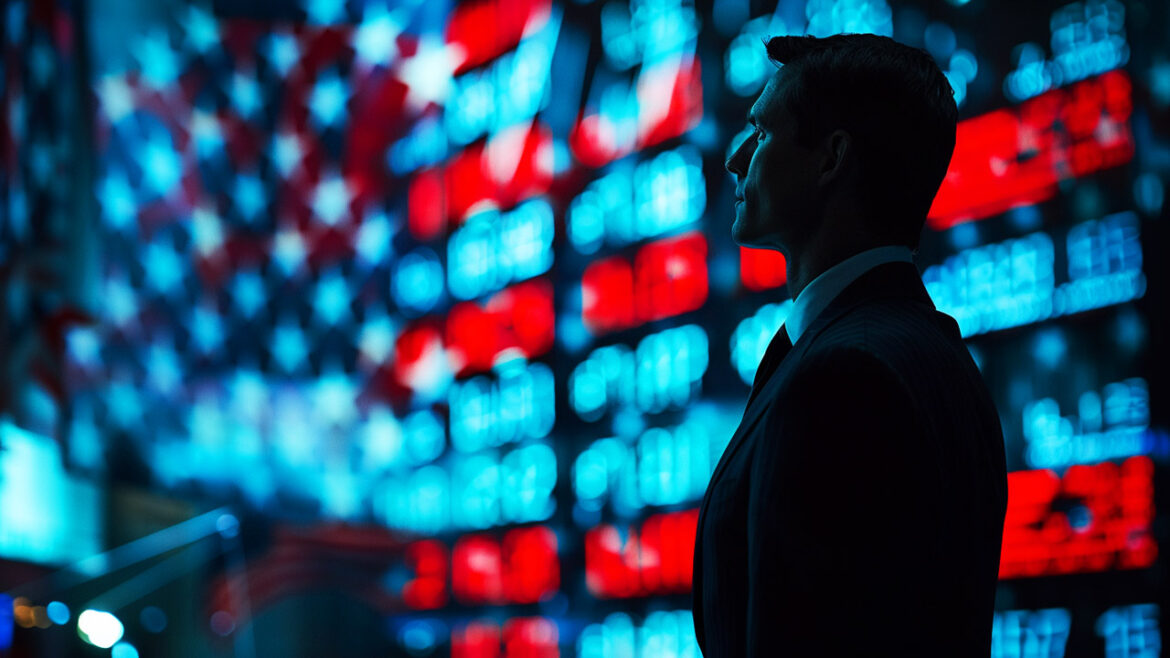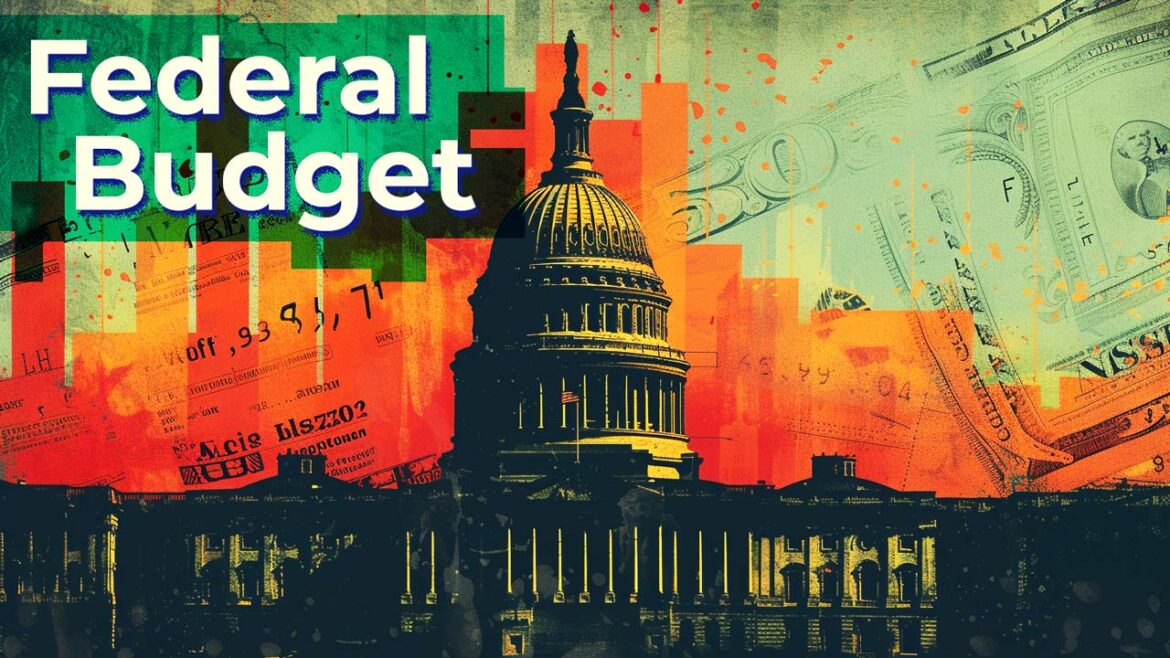Precious metals are apparently waking up. And here is where you can find the best deals.
Site:
Precious metals news
 Fed's Rate Cut Hesitation: Inflation Concerns and Economic Uncertainties Dominate
Fed's Rate Cut Hesitation: Inflation Concerns and Economic Uncertainties DominateFeb 14, 2024 - 09:18:22 PST
As the Federal Reserve kicked off 2024 nearly achieving its inflation target, officials remain hesitant to lower interest rates due to the persistent risk of inflation exceeding their 2% goal. Recent inflation data, particularly concerning consumer prices excluding food and energy, rose unexpectedly in January, suggesting businesses, especially within the services sector, still possess significant pricing power. This development has dampened hopes for an imminent easing of monetary policy. The Fed's cautious stance is further reinforced by various uncertainties, including the robustness of the economy and geopolitical tensions, which have influenced their decision to adopt a more deliberate approach towards adjusting interest rate policies.
Gold miner SSR Mining suspended production at a mine in eastern Turkey after a landslide, which left at least nine miners missing. The disaster also sent the stock down more than 50% in its Toronto-listed shares.
On Monday Zimbabwe’s government said it plans to introduce a gold-backed currency to replace the country’s nearly worthless dollar. Minister for Finance and Economic Development Mthuli Ncube told reporters in an online press conference that Zimbabwe was making the move to ensure sustained growth. “Going forward, we want to make sure that the growth we have achieved so far — which is very strong — is maintained and even increased,” he said. “We can only do that if we have further stability in the domestic currency. ... And the way to do that is perhaps to link the exchange rate to some hard asset such as gold.”
When members of Congress aren’t passing laws, holding committee meetings, or more cynically fundraising endless dollars, some of them choose to pass the time by trading stocks. And for whatever reason, keen insight or perhaps insider trading, members of Congress tend to beat the market.
 THE WORST BEARISH NATGAS PRICE TREND IN FIVE YEARS: Natgas Price Continues To Plunge To 25-Year Low
THE WORST BEARISH NATGAS PRICE TREND IN FIVE YEARS: Natgas Price Continues To Plunge To 25-Year LowFebruary 14, 2024
The situation couldn't be worse for the U.S. Shale Gas Industry as the natgas price Plunges to a 25-year low. With Europe and the U.S. Natgas Inventories hitting the highest levels in the past five years, this has caused the natural gas price to fall to $1.61 today...
Scotiabank has forecasted a downturn for the US Dollar in 2024, influenced by the strengthening of the BRICS alliance and ongoing global inflation trends. Over the past year, the BRICS countries have seen an increase in their economic significance, partly due to Western sanctions which have accelerated their de-dollarization efforts. These developments are expected to further diminish the value of the US Dollar, particularly in its exchange rates against other major global currencies. Scotiabank's analysis suggests that the concerted efforts of the BRICS nations to reduce dependency on the US Dollar, combined with inflationary pressures, will contribute to the dollar's depreciation in the upcoming year.
 Biden Has Forgiven $136 Billion in Student Debt – More Could Be on the Way
Biden Has Forgiven $136 Billion in Student Debt – More Could Be on the WayFeb 13, 2024 - 12:46:13 PST
During President Joe Biden's tenure, over 3.7 million borrowers have seen their student loans forgiven, totaling $136.6 billion in relief. The Supreme Court thwarted Biden's proposal to cancel up to $400 billion for millions of Americans, prompting his administration to leverage every available avenue within its existing authority to reduce student debt burdens. The administration's proactive review of borrower accounts continues to identify those eligible for forgiveness, marking a period of unprecedented loan cancellation activity.
(Bloomberg) -- The deficit for the first four months of the 2024 fiscal year reached $532 billion, or 16% more than recorded in the same period in the prior year, according to data from the Treasury Department released Monday showed. Interest costs in the four months through January were $357 billion, a 37% jump from 2023.
When clients ask about the timing of selling their gold, I generally respond to their question with a question: "Do you have upcoming liquidity needs?" or "Is there a productive investment opportunity to deploy your capital?"
Gold has dropped below $2,000/oz as silver tests support at $22.25 after recent U.S. inflation data was higher than anticipated. Meanwhile, platinum pulled back below the $880 level.
 Dow Falls More than 400 points on Higher Than Anticipated Inflation Data
Dow Falls More than 400 points on Higher Than Anticipated Inflation DataFeb 13, 2024 - 08:42:57 PST
On Tuesday, the Dow Jones Industrial Average and other major stock indices experienced significant declines following the release of hotter-than-anticipated inflation data for January. Despite a modest easing of inflation rates, the figures remained persistently high, with the Consumer Price Index (CPI) rising by 3.1% year-over-year and 0.3% from the previous month, surpassing economists' expectations for a slowdown to 2.9% annually and a 0.2% monthly increase. This unexpected inflation persistence led to a market downturn, with the Dow dropping by 490 points (or 1.3%), and similar declines in the S&P 500 and Nasdaq Composite. The anticipation built around the Federal Reserve's potential interest rate cuts, now largely expected by traders to commence in June or July, reflects the market's reaction to inflation trends and monetary policy prospects.
The Federal Government publishes the spending and revenue numbers every month. The charts and tables below give an in-depth review of the Federal Budget, showing where the money is coming from, where it is going, and the surplus or deficit.This month saw a $22B deficit.
New York Community Bancorp (NYCB) experienced a volatile trading day, ultimately closing with a slight decline of 0.2% at $4.89, despite an initial surge of over 7% earlier. This change reflects the bank's ongoing efforts to regain investor trust following a surprising quarterly loss reported on January 31, attributed to its loans connected to the troubled U.S. commercial real estate market. Additionally, the bank's decision to cut its dividend has played a significant role in the recent share price volatility. These moves are part of NYCB's strategy to stabilize its stock price and reassure shareholders of its financial health and strategic direction amid challenges in the real estate sector.
 ZeroHedge: CPI Prints Hotter Than Expected In January As SuperCore Soared
ZeroHedge: CPI Prints Hotter Than Expected In January As SuperCore SoaredFeb 13, 2024 - 06:50:26 PST
The January Consumer Price Index (CPI) report delivered a hotter than expected outcome, defying anticipations for a significant decrease in the year-over-year inflation rate. Instead of dropping to the forecasted 2.9% from the previous 3.4%, the CPI saw a year-over-year increase of 3.1%, dampening hopes for inflation cooling to below 3%. On a month-over-month basis, consumer prices rose by 0.3%, surpassing the expected 0.2%.
 Geopolitical Tensions, Not Interest Rates, Now Seen as Main Risk to U.S. Economy
Geopolitical Tensions, Not Interest Rates, Now Seen as Main Risk to U.S. EconomyFeb 13, 2024 - 06:42:55 PST
The landscape of the U.S. economy is currently a blend of optimism and caution, according to a recent survey by the National Association of Business Economics (NABE). Only about 25% of business economists anticipate the United States entering a recession this year, suggesting a more positive outlook compared to previous expectations. This optimism is rooted in the belief that if a downturn were to occur, it would likely be triggered by external shocks, such as geopolitical tensions with China, rather than domestic issues like the higher interest rates seen in recent times.
In January, the prices of goods went up a bit more than what experts thought they would, showing that inflation isn't slowing down as quickly as hoped. The Consumer Price Index (CPI), increased by 0.3% from December to January and was 3.1% higher than last January. This was more than the expected 0.2% monthly increase and 2.9% yearly increase. Without including food and gas, which can have big price changes quickly, prices still went up by 0.4% in just a month. Investors are watching these numbers to predict when the Federal Reserve might lower interest rates to make borrowing money cheaper.
The S&P 500 hit a record high, closing above 5,000 for the first time after a strong few weeks driven by better-than-expected company earnings and the Federal Reserve's consistent message on inflation. This week, all eyes are on the Consumer Price Index (CPI) for January, with experts predicting a year-on-year increase of 2.9%, down from December's 3.4%. This suggests that while inflation is expected to have slowed, careful monitoring continues. The CPI measures changes in the price level of a basket of consumer goods and services, including food and energy, providing a key indicator of inflationary trends.
 Jamie Dimon Believes U.S. Debt Is the ‘Most Predictable Crisis’ in History
Jamie Dimon Believes U.S. Debt Is the ‘Most Predictable Crisis’ in HistoryFeb 12, 2024 - 08:40:11 PST
Jamie Dimon and other financial leaders warn that the U.S. debt, exceeding $34 trillion with a debt-to-GDP ratio of around 120%, is leading to a crisis deemed the "most predictable" in history. Despite the bipartisan nature of this issue, political action remains insufficient. This situation calls for urgent dialogue on fiscal responsibility to avoid the forecasted economic "death spiral" and global market backlash.
 "I've Been Warning About THIS For a YEAR, Well Here It Is" Decoding the Banking Sector Plunge
"I've Been Warning About THIS For a YEAR, Well Here It Is" Decoding the Banking Sector PlungeFeb 12, 2024 - 08:05:43 PST
Mike and Alan dissect the troubling developments within the banking industry, honing in on NYCB's drastic stock price fall.
Feb 12, 2024 - 08:04:48 PST
The article discusses the potential for silver prices to reach $30 in 2024, driven by a supply deficit and bullish market fundamentals. Despite the physical silver market's shortfall and silver being undervalued relative to gold, there's a strong case to be made that silver is deeply undervalued at its current price. New data from the Silver Institute suggests that considering the historical undervaluation and supply shortages, silver is significantly undervalued, hinting at much higher future prices beyond the conservative estimates.






